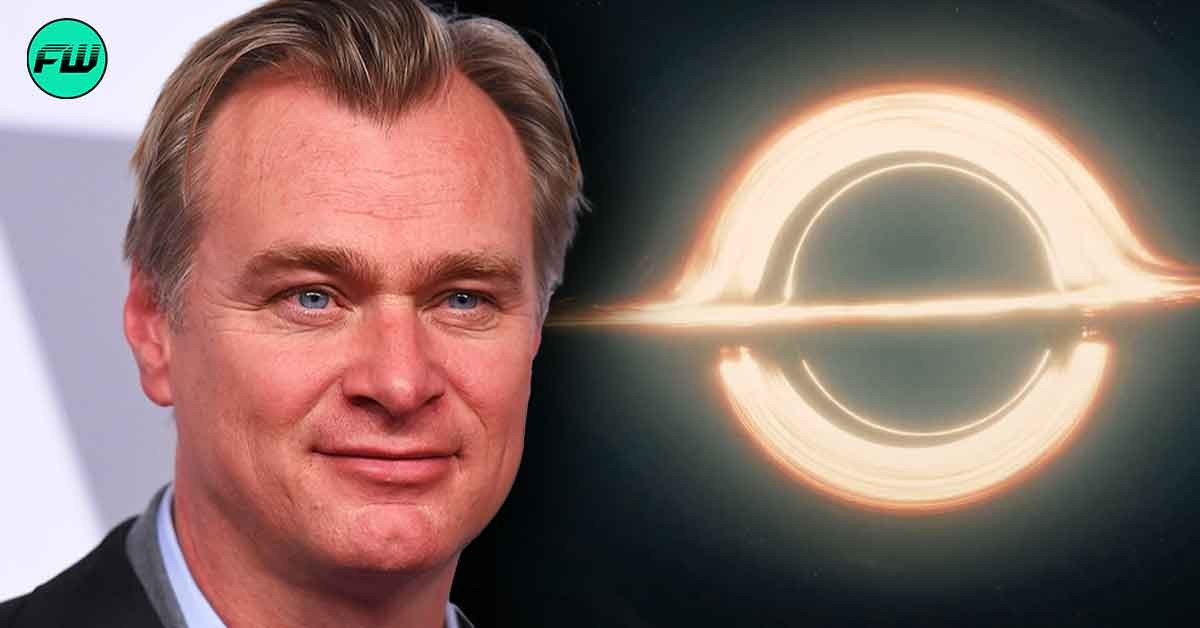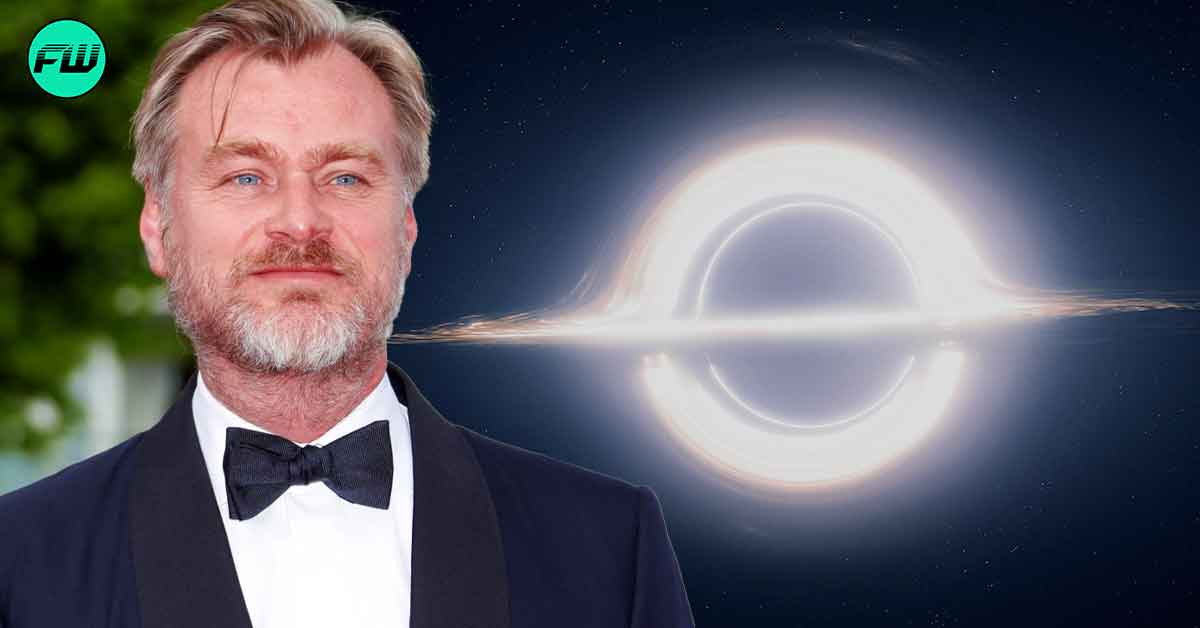Renowned for his captivating and visually stunning films, Christopher Nolan stands as a visionary director. His directorial work has mesmerized audiences worldwide, characterized by intricate storytelling, mind-bending narratives, and meticulous attention to detail. Pushing the boundaries of filmmaking, Nolan’s repertoire spans from the thought-provoking and immersive Inception to the dark and gritty The Dark Knight trilogy.

Nolan’s cinematic creations frequently delve into intricate themes of time, memory, and identity, inviting viewers to contemplate the very fabric of reality. His distinctive directorial style seamlessly intertwines awe-inspiring action sequences with profound character explorations, resulting in an indelible influence on the world of cinema. With every new endeavor, Nolan consistently pushes the boundaries of storytelling.
Christopher Nolan Doesn’t Own A Phone Or Computer
Cillian Murphy, who is playing the lead role in Christopher Nolan’s next film Oppenheimer, explained how he was approached for the role. In the process, he revealed that Nolan doesn’t actually use a phone or a computer. “He’s the most analog individual you could possibly encounter,” Murphy said.

It was Emma Thomas, the producer, and wife of Christopher Nolan, who reached out to Murphy for the role. “Cillian, I’d love you to play the lead in this new thing,” he recalled Thomas telling him. Murphy said, “I was lost for words. But thrilled. Like beyond thrilled.”
Oppenheimer also marks a significant departure from Nolan’s customary approach to romance. The love story depicted in the film carries an exceptionally potent impact, surpassing anything Nolan has previously undertaken in this genre.
“They put two actors in a room to see if there’s any spark and have all the producers and director at a table watching. I don’t know what metric they use, and it seems so outrageously silly, but sometimes you get a chemistry and nobody knows why,” Murphy said.
Christopher Nolan’s Interstellar Inspired A Groundbreaking Paper
In the pursuit of accurately portraying the phenomena of the wormhole and black hole in Christopher Nolan’s Interstellar, Dr. Kip Thorne joined forces with Visual Effects Supervisor Paul J. Franklin and his team. Thorne shared meticulously researched theoretical equations with the team, who, in turn, developed groundbreaking CGI software programs rooted in these equations. This innovative approach enabled the creation of highly precise computer simulations.

Rendering certain individual frames consumed an astonishing amount of time, with some requiring up to one hundred hours to complete. As a result, the entire CGI program accumulated a staggering eight hundred terabytes of data. The remarkable visual effects yielded by this extensive process granted Dr. Thorne valuable new insights into the intricate phenomena of gravitational lensing and accretion disks encircling black holes.
These insights proved so significant that Thorne authored two scientific papers—one catered to the astrophysics community and another specifically tailored to the computer graphics community.
Oppenheimer will be released in theaters on July 21.
Source: The Guardian

